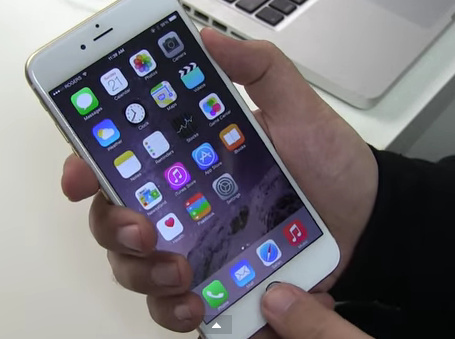

Whether biometric recognition is successful also depends on being ready for the authentication process. The phone authenticates your identity and unlocks (or authorises a payment) if the comparison score is higher than a certain threshold value.
Image capture please unlock iphone verification#
The processor calculates whether the verification and enrolment images match, based on a comparison score of similarity between your images.

The 3D model or 'verification image' is presented to the computer's algorithms and compared against your stored template or 'enrolment image'.The IR images are sent from the camera to iPhone X's 'Neural Engine' computer processor to build a 3D mathematical model (map) of your face.iPhone X uses a 'Neural Engine' that, as Apple marketing chief Phil Schiller boasted, "can perform over 600 billion operations per second, and it's used to do real-time processing of Face ID recognition." "If this is a secure transaction when you are buying a $10,000 necklace at Tiffany's, maybe the threshold will go up to 0.9."Īll the calculations happen too fast for you to notice, thanks to the power of smartphone processors. "If you are just unlocking the phone, the internal threshold which your mobile phone company uses could be relatively low - they could set it at 0.5 or 0.6," says Jain, adding that the number can be high in certain contexts, like when you pay for expensive products. A comparison score of 0.7 might be close enough under some scenarios, for example, and that minimum score is not a fixed number.

If it's closer to 0, it's not the same person."Īs the enrolment and verification images won't be identical due to differences in capture conditions, your phone uses a threshold to determine whether they're significantly different. "If it's closer to 1, that means it's the same fingerprint or face. "Internally it computes a score between 0 and 1," says Jain.

unlock your phone), you present the computer with a 'verification image'. Then when you want to access a device (e.g. When a biometric system is set up, a computer - such as the processor in your smartphone - will capture and store the reference patterns, known as a template or 'enrolment image'. Those patterns may be the waveforms in your voice, your fingertip ridges, the colored structures of your iris, or your landscape of facial features. Some other biometrics used in security include fingerprints, voice and the irises of eyes.Īll biometric authentication systems basically compare two complex patterns and calculate how similar they are. Your face is a 'biometric' - a measurable biological characteristic.


 0 kommentar(er)
0 kommentar(er)
